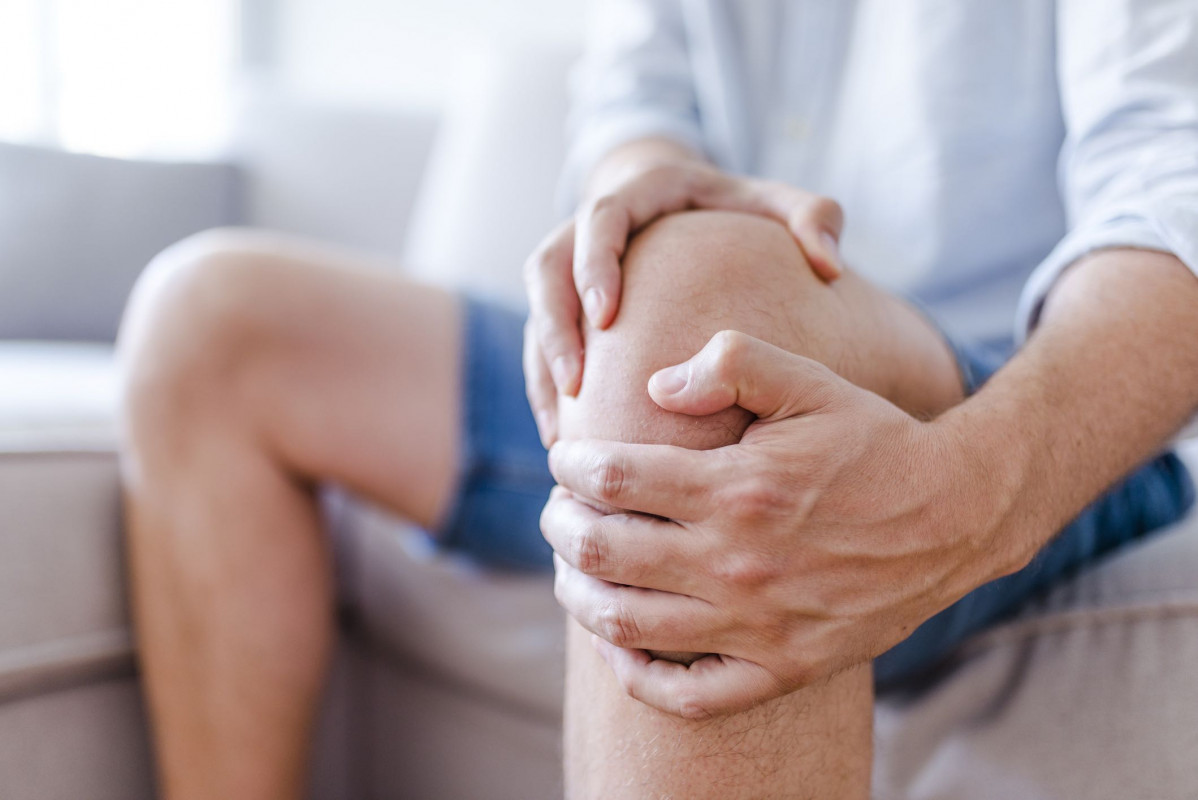
Knee Arthroscopy Procedure
Knee arthroscopy is a procedure performed through small incisions to repair injuries to tissues such as ligaments, cartilage or bone within the knee joint area with the use of a camera. Whether or not surgical treatment is the best intervention depends on a variety of factors, including age, degree of injury, and whether this is acute or of a chronic nature. Even though this procedure is not open surgery, all surgeries carry risks, such as blood clots, infections and injury risk to nerves, arteries or veins.
Before Surgery
Prior to undergoing surgery, you should trial conservative management. Research has shown that for conditions such as non-traumatic meniscal tears, patellofemoral pain syndrome or osteochondritis dissecans, conservative management consisting of immobilisation (if necessary), tape for additional stability and compression, soft tissue therapy as required and a comprehensive supervised exercise program had the same results for patients who underwent arthroscopic surgery. These results showed that all patients had decreased pain, improved function and quality of life, neither being a superior intervention. Therefore before undergoing surgery, ensure you have exhausted other options, as many patients can be successfully rehabilitated with physiotherapy treatment alone.
Five Things to Remember Post Knee Arthroscopy
-
Keep your leg elevated
It is important to elevate your leg initially following surgery. This will allow gravity to aid in reducing the swelling. You need to ensure your leg stays straight. Do not place a pillow under your knee. You can either elevate it with a footstool under your feet or up on a chair or on the couch, as long as your knee remains in a straightened position. Ideally, this elevated position would involve your knee being above the level of your heart.
-
Keep the wound dry
Until your dressing is removed you need to ensure you keep the wound dry at all times. It is important that while showering you surround your dressings in plastic wrap or tie a plastic bag over your leg. This will ensure there is no risk of infection entering your wound.
-
Ice
It is normal and expected for your knee to swell following surgery. Applying ice to your knee will assist with controlling swelling and reducing pain. You need to continue to ice the knee at least 5 x per day. To ensure your wound stays dry, wrap your wound in plastic wrap/plastic bag before applying ice to your knee. Wrap the ice in a damp towel, as this will enable the cold to disperse evenly around your knee and minimise risk of ice-burn. Leave the ice on for 15 minutes until you feel a numbing sensation. If you do feel any extreme pain or discomfort, remove the ice immediately, to prevent ice burn. Preferably use something soft, such as a bag of frozen peas, rather than a hard ice block as this will enable it to shape around your knee. Place the ice pack on any area you feel pain. Ensure you ice following exercise.
-
Exercises
It is important to commence a gradual knee exercise plan post-operatively from Day One. This will enable you to improve your strength, range and function as quickly as possible. You need to perform each exercise 5 x per day. You should perform each exercise at a comfortable pace. These exercises include:
- Ankle Pumps (1-2mins)
- Knee extensions ( x 10 reps)
- Calf stretch (1 min)
- Inner range quads ( x 10 reps)
- Heel slides (x 10 reps)
- Straight leg raises ( x 10 reps)
-
Follow up appointments
Ensure you book in with your physiotherapist preferably in the first 2-4 days following surgery. This will enable you to progress your gentle range of motion exercises, stretches and strengthening program, to allow you to regain full function of your knee as quickly as possible. You will also need to book in an appointment to follow up with your surgeon.








